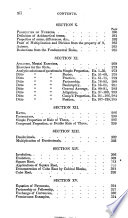 | James Bates Thomson - Arithmetic - 1846 - 354 pages
...question, is called the quotient. It shows how many times the dividend contains the divisor. OBs. The term quotient is derived from the Latin word quoties, which signifies how often, or how many times. Hence, it may be said, 65. Division is finding a quotient, which multiplied into the divisor, will... | |
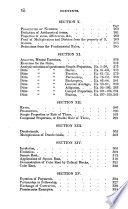 | James Bates Thomson - Arithmetic - 1846 - 402 pages
...question, is called the quotient. It shows how many times the dividend contains the divisor. Oss. The term quotient is derived from the Latin word quoties, which signifies how often, or how many times. Hence, it may be said, 65. Division is finding a quotient, which multiplied into the divisor, will... | |
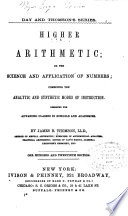 | James Bates Thomson - Arithmetic - 1847 - 432 pages
...finding a quotient, which multiplied into the divisor, mil produce the dividend. Note. — The term quotient is derived from the Latin word quoties, which signifies how often, or how many limes. 113. The number which is sometimes left after division, is called the remainder. Thus, -when... | |
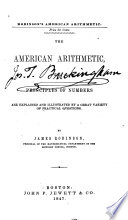 | James Robinson (of Boston.) - 1847 - 304 pages
...is the divisor, and it indicates the part of the dividend required, viz., 1 fifth. The quotient, 4, is the number of times the divisor is contained in the dividend ; and it is also the number of units in 1 fifth of the dividend. What is 1 fifth of 32 ? 1 fifth of... | |
 | James Bates Thomson - Arithmetic - 1848 - 434 pages
...finding a quotient, which multiplied into the divisor, will produce the 'dividend. Note. — The term quotient is derived from the Latin word quoties, which signifies how often, or haw many times. 'I * - : . ti . _ . , QUBST.— 111. What is division 1 What is the number to be divided... | |
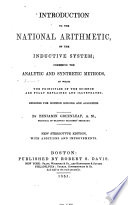 | Benjamin Greenleaf - 1851 - 332 pages
...principal terms ; the Dividend, the Divisor, and the Quotient, or answer. The dividend is the number to be divided. The divisor is the number by which we divide....of times the divisor is contained in the dividend. When the dividend does not contain the divisor an exact number of times, the excess is called a remainder,... | |
 | Hugo Reid - 1853 - 144 pages
...Multiplication. A FACTOR of any product is the multiplicand or the multiplier. The DIVIDEND is the number to be divided. The DIVISOR is the number by which we divide. The QUOTIENT (or the " how often") is the number procured by dividing one number by another ; — or, the answer... | |
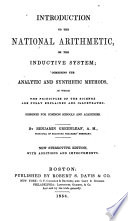 | Benjamin Greenleaf - 1854 - 342 pages
...principal terms ; the Dividend, the Divisor, and the Quotient, or answer. The dividend is the number to be divided. The divisor is the number by which we divide....of times the divisor is contained in the dividend. When the dividend does not contain the divisor an exact number of times, the excess is called a remainder,... | |
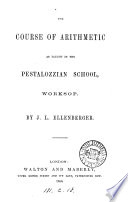 | J L. Ellenberger - 1854 - 338 pages
...last remainder may be joined to the quotient, under this form : + remainder (or see § 92). 87. Since the quotient is the number of times the divisor is contained in the dividend, it follows that the quotient multiplied by the divisor must necessarily be equal to the dividend, minus... | |
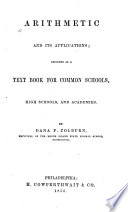 | Dana Pond Colburn - Arithmetic - 1855 - 396 pages
...divisor, and the answer, 8, is the quotient. The divisor and dividend are of the same denomination, and the quotient is the number of times the divisor is contained in the dividend, or the number of parts equal to the divisor which the dividend equals. (g.) The sixth example would... | |
| |